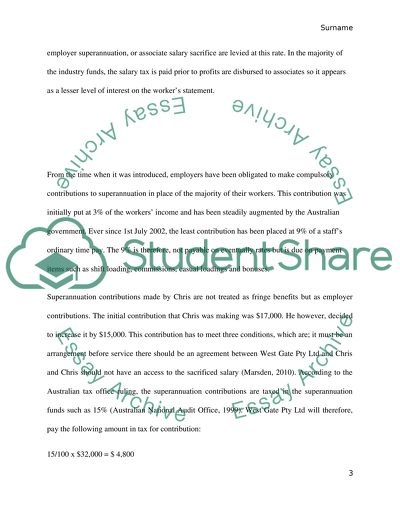Cite this document
(“Salary packaging and Taxation Essay Example | Topics and Well Written Essays - 5250 words”, n.d.)
Salary packaging and Taxation Essay Example | Topics and Well Written Essays - 5250 words. Retrieved from https://studentshare.org/finance-accounting/1400839-taxation
Salary packaging and Taxation Essay Example | Topics and Well Written Essays - 5250 words. Retrieved from https://studentshare.org/finance-accounting/1400839-taxation
(Salary Packaging and Taxation Essay Example | Topics and Well Written Essays - 5250 Words)
Salary Packaging and Taxation Essay Example | Topics and Well Written Essays - 5250 Words. https://studentshare.org/finance-accounting/1400839-taxation.
Salary Packaging and Taxation Essay Example | Topics and Well Written Essays - 5250 Words. https://studentshare.org/finance-accounting/1400839-taxation.
“Salary Packaging and Taxation Essay Example | Topics and Well Written Essays - 5250 Words”, n.d. https://studentshare.org/finance-accounting/1400839-taxation.


